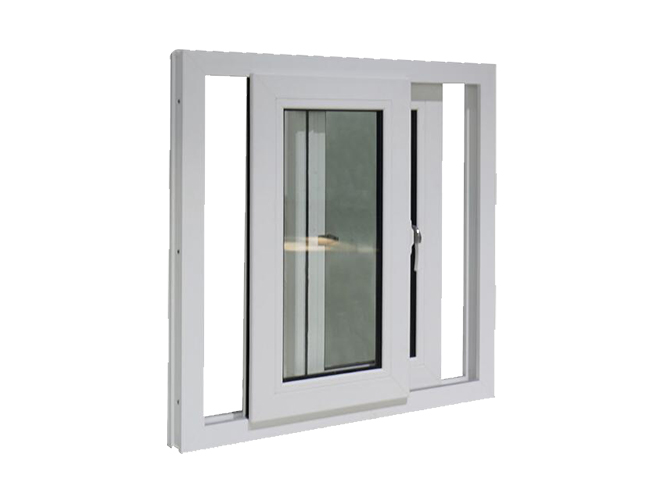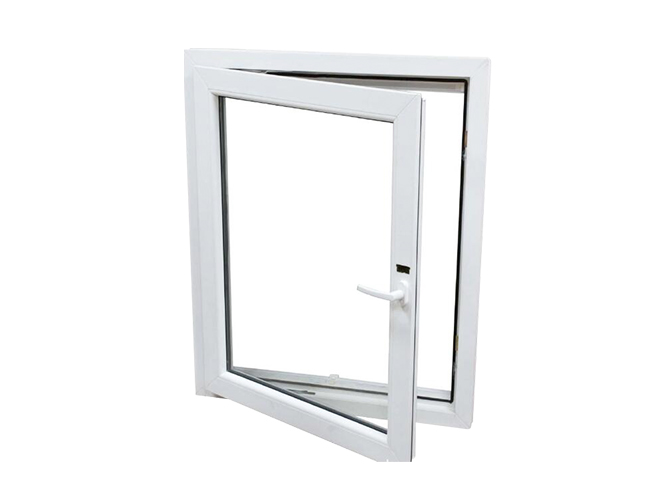A
casement window basically has two fixed points, which are usually opened by combining the hinge with the window frame and rotating the window glass. It can be divided into two types:
side-opening windows and overhanging windows. Side-opening windows are opened in the horizontal direction. They are generally used for main windows with a larger area. They rotate to the left or right to open. Hanging windows are opened in the vertical direction, pushed up or down, and are mostly used for ventilation in kitchens, bathrooms and other spaces. There are also new types of casement windows that allow two-way opening.
The advantages of casement windows are: large area, good airtightness, sound insulation, heat preservation, impermeability, excellent safety and anti-theft performance, and convenient cleaning.
The disadvantage is that it takes up more space, so if the space is relatively small or not enough, it is not suitable to use casement windows. Moreover, the window width is small, and the opening of the field of view will be limited to a certain extent. It also takes up space outside the wall and is easily damaged. If the quality of the product is not good enough, leakage may occur.
Sliding windows are windows whose glass can be pushed open on sliding rails. They are divided into two types: left-right and up-and-down sliding. The advantage is that it does not occupy indoor or outdoor space regardless of the switch state, it is flexible to open, beautiful in appearance, economical in price, good in sealing, and simple in structure. The window sash has a good stress state and is not easily damaged. With large pieces of glass, it not only increases indoor lighting, but also improves the overall appearance of the building.

The disadvantage is that the ventilation area is limited, because only 50% of the window sashes can be opened at most, and the air tightness is relatively poor when closed, and the windows must be closed if it is windy or rainy, ventilation cannot be performed, and cleaning is not very convenient.
The difference between casement windows and sliding windows
1. Sliding windows are opened to both sides, and can only be opened halfway at most, and there must be more than two. The casement window can be opened in multiple directions up, down, left, and right, and can be opened up to 100%.
2. Casement windows will take up space, while sliding windows do not take up space. However, the performance of casement windows is better than that of sliding windows, such as ventilation performance, wind pressure resistance and sealing, etc., but sliding windows are better than casement windows in terms of processing, manufacturing and operation, because the structure is simpler, Easy to operate.
3. Casement windows are generally sealed with rubber strips, and sliding windows are sealed with wool strips, so that the sealing performance of casement windows will be stronger than that of sliding windows, so that casement windows have a better effect on isolating dust and rain.
4. Casement windows are generally locked with two-point locks or heaven and earth locks, while sliding windows use hook locks or latch locks, so casement windows are also much stronger in terms of airtightness.



